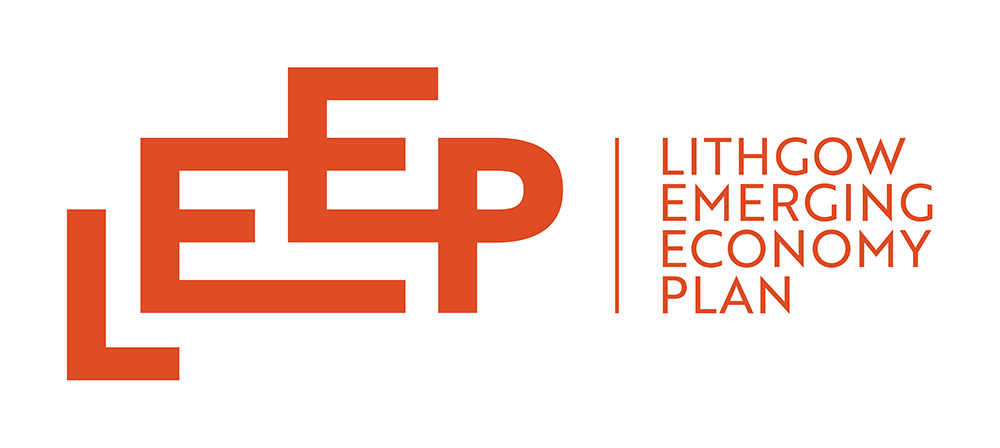Adaptive Capacity
Building Adaptive Capacity in Lithgow: Why It Matters
As Lithgow prepares for a future beyond coal, one concept stands at the heart of successful transition: adaptive capacity.
What is Adaptive Capacity?
Adaptive capacity is the ability of a community, workforce, or economy to adjust to change, moderate potential damage, and seize new opportunities. In Lithgow, this means equipping people, businesses, and institutions with the tools and resilience to navigate the shift from fossil fuels to a diversified, sustainable economy.
It’s not just about having the right skills – it’s about having the resources, knowledge, networks, and governance structures that allow a region to respond effectively to disruption and transformation.
Why Adaptive Capacity is critical for Lithgow
Lithgow faces significant change with the scheduled closure of its coal-fired power station and associated mining operations. These closures will impact not only jobs, but also community identity, local businesses, and economic stability.
Adaptive capacity is essential because:
- It enables workforce resilience: Workers can retrain, upskill, and transition into new roles in emerging industries.
- It supports economic diversification: Lithgow can attract investment and grow sectors like advanced manufacturing, renewable energy, tourism, and health care.
- It fosters community wellbeing: Strong local institutions, inclusive planning, and shared vision help communities stay connected and optimistic about the future.
- It reduces vulnerability: Regions with higher adaptive capacity are better able to withstand economic shocks and recover more quickly.
What does Adaptive Capacity look like?
In practice, adaptive capacity includes:
- Education and training: Accessible pathways for school leavers, mature workers, and First Nations people to gain relevant qualifications.
- Workforce planning: Anticipating future skills needs and aligning training with growth industries.
- Local leadership and governance: Community-led initiatives, supported by government and industry, that reflect local values and aspirations.
- Infrastructure and connectivity: Improved transport, housing, and digital access to support labour mobility and attract investment.
- Social inclusion: Ensuring women, youth, and vulnerable groups are supported to participate fully in the emerging economy.
A place-based approach
Lithgow’s transition is not just an economic challenge – it’s a community journey. Place-based policies that reflect Lithgow’s unique strengths, history, and aspirations are key to building adaptive capacity. These policies must be collaborative, long-term, and inclusive, with local agency at their core.
Looking ahead
Adaptive capacity is not a one-time fix – it’s a continuous process of learning, investing, and evolving. By building adaptive capacity now, Lithgow can shape a future that is resilient, prosperous, and inclusive.
Visit our Adaptive Skills Hub page for more information about LEEP training and education opportunities.
